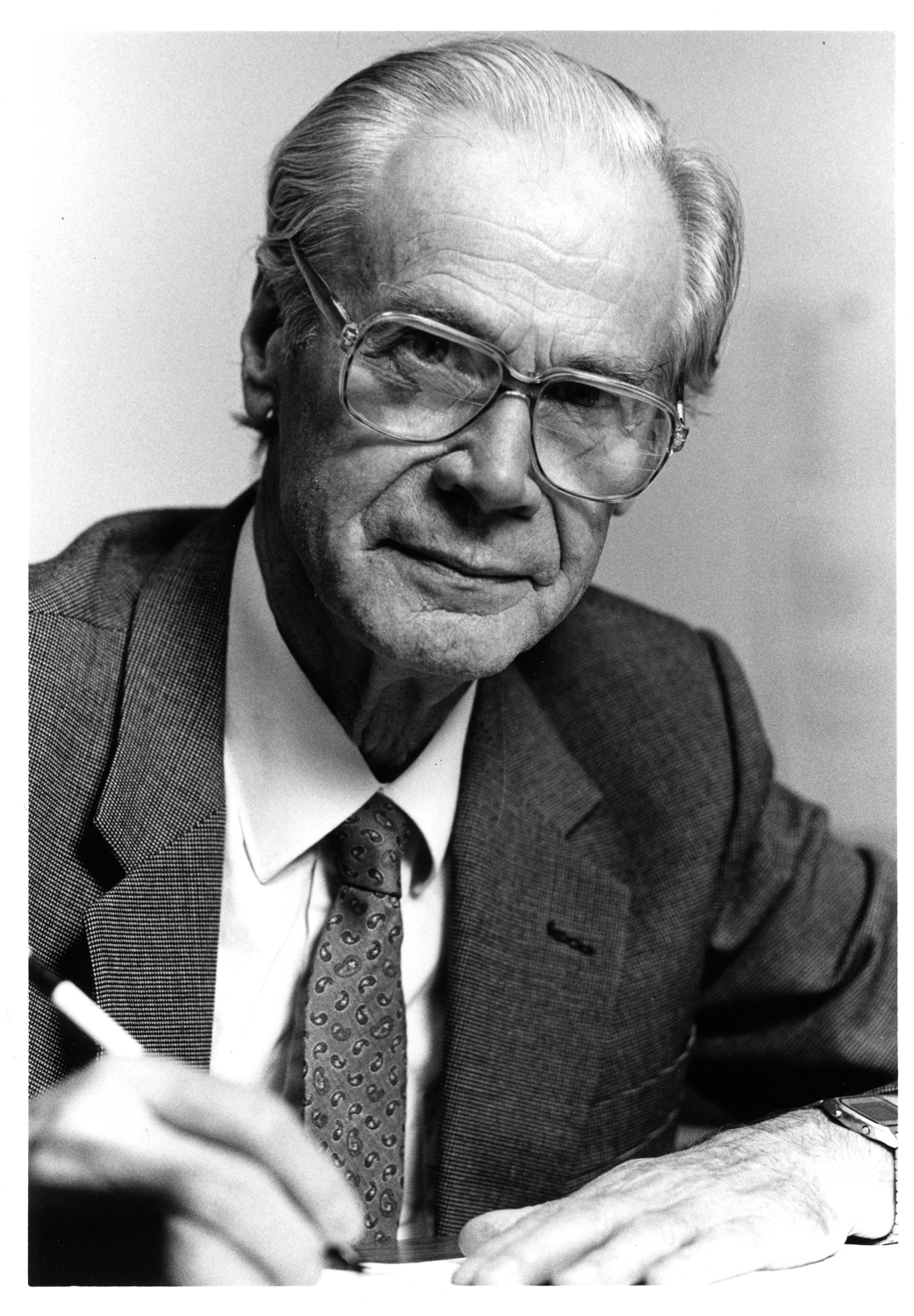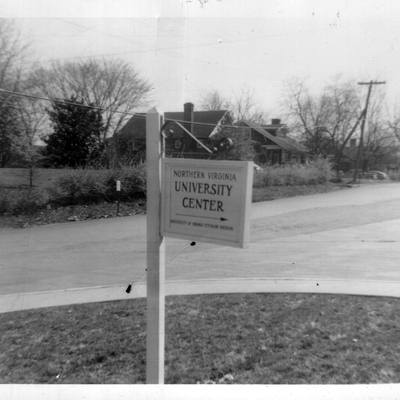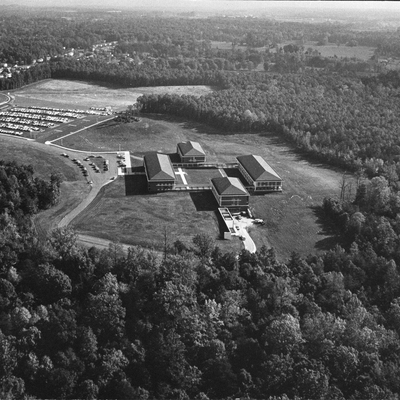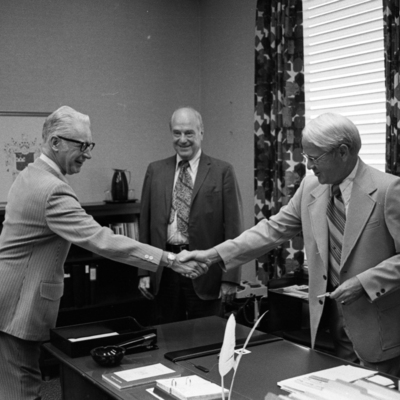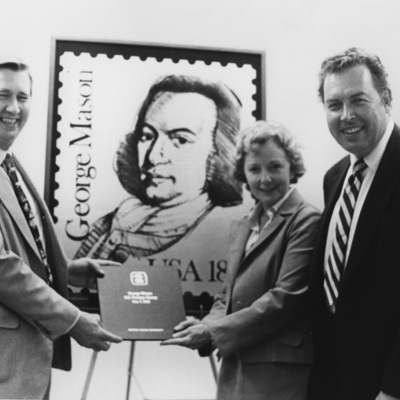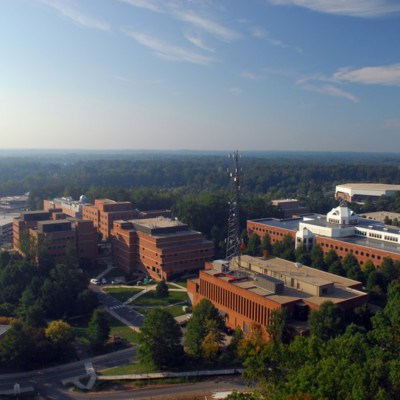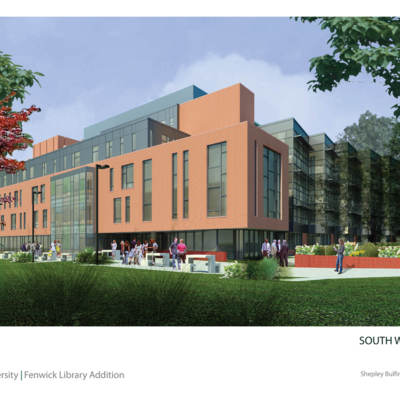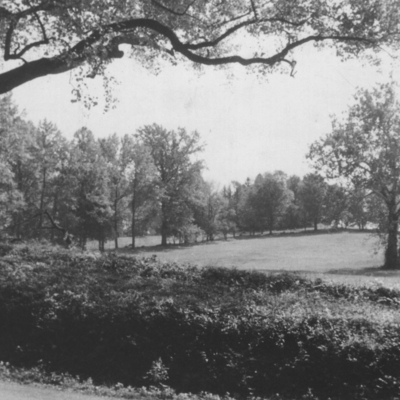The School of Conflict Analysis and Resolution
In the spring of 1979, just seven years after it became an independent University, George Mason established a law school and became a doctoral degree-granting institution. This development encouraged the establishment of new programs—both graduate and doctoral—that would continue to make a name for the young university.
The School of Conflict Analysis and Resolution (SCAR) is one such program that evolved in the years following Mason’s becoming a doctoral degree-granting institution. Its name has gone through many variations since its inception in 1981—it was known as the Center for Conflict Resolution, the Center for the Analysis and Resolution of Conflict, the Center for Conflict Analysis and Resolution, and the Institute for Conflict Analysis and Resolution (ICAR) before it was promoted to “school” status. The idea for the Center initially stemmed from proposals in the United States Congress to create a United States Academy of Peace during the late 1970s. [1] Dr. Bryant Wedge, a social psychiatrist, first suggested the creation of the Center for Conflict Resolution at George Mason. Dr. Wedge became its first director after he and Henry C. Barringer established the Center in 1981 as a model for the future national center. [2] In an interview with The Washington Post, Wedge stated that “[c]onflict is an inevitable part of the human condition and can result in great growth. The enemy is not conflict. The enemy is war.” [3] This theme, which identified conflict situations as presenting the opportunity for growth, was reflected in the mission statement issued by the Center in its early years: “[t]he mission of the Center is to advance the understanding and resolution of significant and persistent human conflicts among individuals, groups, communities, identity groups and nations through research, instruction, clinical and outreach activities.” [4]
The four components of the Center—research, instruction, clinical service, and outreach—in addition to relationships with the National Conference on Peacemaking and Conflict Resolution (NCPCR), the Consortium on Peace Research, Education, and Development (COPRED), and the Conflict Clinic, Inc., a dispute-resolution organization, “provide[d] the critical mass required for the Center to lead the development of the field of peacemaking and conflict resolution into the coming decades.” [5] Dr. James H. Laue used the term “critical mass” to describe the phase in development reached by the Center in 1987 when it received a grant from the Hewlett Foundation for several hundred thousand dollars to create four tenure-track faculty positions and saw the establishment of the Edwin W. Lynch Professorship. [6] The Lynch Professorship complemented a faculty that included esteemed and well-published professors including Dr. Dennis J. Sandole, the Center’s part-time faculty member; Dr. Laue; Dr. John W. Burton; Dr. Joseph Scimecca, the Center’s second director; and Professor Richard Rubenstein, his successor. [7]
Rubenstein noted that a key turning point in the Center’s direction had come with the appointment of Dr. Burton, former head of the Australian Foreign Office and founder of the Conflict Resolution Program at the University of London, as a distinguished visiting professor in 1986:
A man of broad experience, innovative ideas, and strongly held opinions, Burton’s overall goal was to help establish CCR as an autonomous discipline liberated from the assumptions and methods governing other disciplines. His particular aims, which strongly influenced the center’s work, were to focus research on long-term conflict resolution, not just temporary settlement of disputes; to develop the theory of Basic Human Needs as a basis for understanding deep-rooted social conflicts; and to put theory to the test of practice by developing and facilitating analytical problem-solving workshops.[8]
Professors like Burton were essential to the Center’s interdisciplinary programs. The Center began offering a Master of Science degree in Conflict Management in 1982 through the Department of Sociology and Anthropology and a Ph.D. in Conflict Analysis and Resolution in 1987; both were the first degrees of their kind in the United States. [9] The Center promoted a “cross-disciplinary approach that involves several academic disciplines” so as to “separate it from the mass—or mess—of peace studies generally, and place [it] firmly in the consultative, decision-making, preventive area of studies,” an approach which linked it with management studies and political science, among other subjects. [10]
Following a period of steady growth in both student enrollment and faculty and staff appointments that began in 1988, the Center for Conflict Analysis and Resolution became the Institute for Conflict Analysis and Resolution, an independent unit that reported directly to the Provost’s Office, in 1991. [11]
Enrollment continued to increase, bolstered by programs like the Applied Practice and Theory Program, which started in 1992. [12] ICAR was selected as a Commonwealth Center of Excellence by the State Council on Higher Education for Virginia, and in 1997 was awarded a $325,000 grant to “hire new faculty, increase student enrollment, and undertake new research and conflict intervention projects.” [13] The Institute then received a one million dollar grant from the Rice Family Foundation to create the Henry Hart Rice Chair for Conflict Resolution, to be held by the director of a proposed retreat center. This International Conference and Retreat Center was to be built on land donated by long-time benefactor Edwin W. Lynch, a local politician and businessman, and his wife Helen, who gave their thirty-nine acre Mason Neck property, “Point of View,” specifically for its construction. [14] The Retreat Center was designed to provide a quiet meeting space for research and learning and could host up to 100 participants with overnight accommodations for twenty-seven.
An increased interest in the field following the September 11, 2001 attacks led to a 35% increase in applications in 2002; the number of students accepted, seventy-two, represented a 25% increase from 2001. [15] As enrollment increased, ICAR became too large for its Fairfax location in the University Townhouses, and it moved to the Arlington Campus in the fall of 2004. In July 2011 the Institute became the School of Conflict Analysis, the first of its kind in the world. Today it is known by the name Jimmy and Rosalynn Carter School for Peace and Conflict Resolution.
Browse items related to the Institute for Conflict Analysis and Resolution.
